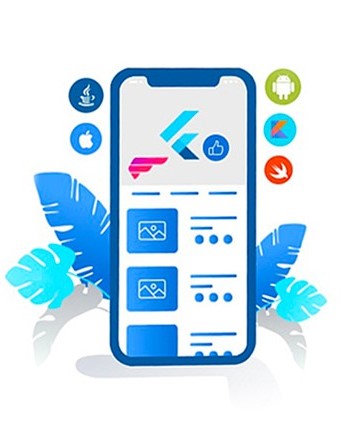Graphic Design
Today, graphic design is a crucial component of many corporate activities that require visual communication, such as print or digital advertisements, brochures, pamphlets, etc. We created this course so that students may develop a solid foundation in visual design and communication and specialise in producing a variety of marketing collaterals in order to take advantage of the growing opportunities in the sector.
WHAT YOU WILL LEARN
- Understanding Design Requirement and
Audience - Research and Visual Exploration
- Digital Image-Editing Techniques
- Introduction to Design Styles and Vector
Graphics - Ideating and Designing Print/Digital
Marketing Collaterals - Designing Print/Digital Page Layouts
and Structures - Designing Communicative Visuals
- Print Production Techniques
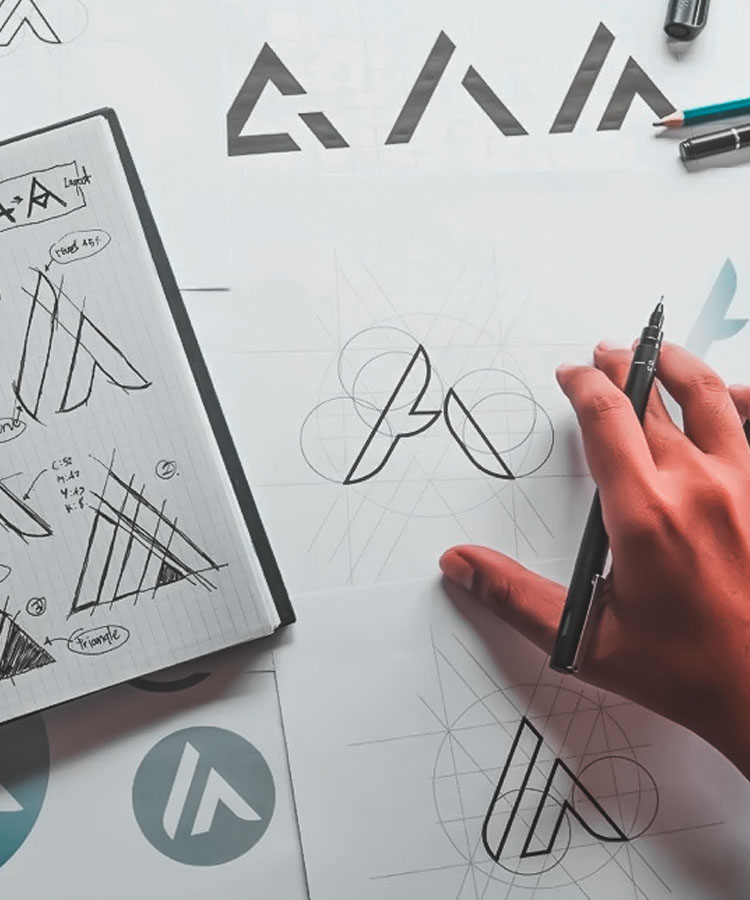
UI/UX Design
UI/UX design aims to create a positive user experience that encourages customers to stick with a brand or product. While a UX Designer decides how the user interface works, the UI designer decides how the user interface looks. A UI/UX developer is a specialized software developer who focuses on creating user interfaces and user experiences for a variety of products, such as websites and mobile apps. They combine elements of graphic design, psychology, and engineering to create a product that looks good and is easy and enjoyable to use.
WHAT YOU WILL LEARN
- User Research
- Information Architecture
- Wireframing
- Prototyping
- Visual Design
- Intarction Design
- UI Design
- Usability
- UX Writing
- Design Tools

3D Modelling
3D modelling is the process of creating three-dimensional representations of an object or a surface. 3D models are made within computer-based 3D modelling software. During the 3D modelling process, you can determine an object’s size, shape, and texture. Modelling artists create characters, weapons, plants, and animals on a computer in 3D. It starts with a brief, which might be 2D or 3D art produced by a concept artist. Or they can work from reference materials, such as photographs or line drawing sketches, which can be scanned into 3D software.
WHAT YOU WILL LEARN
- Understaing 3D Space
- Modelling techniques
- Mesh Topology
- Sculpting
- Texturing and UV Mapping
- Lighting and Rendering
- Workflow and Software
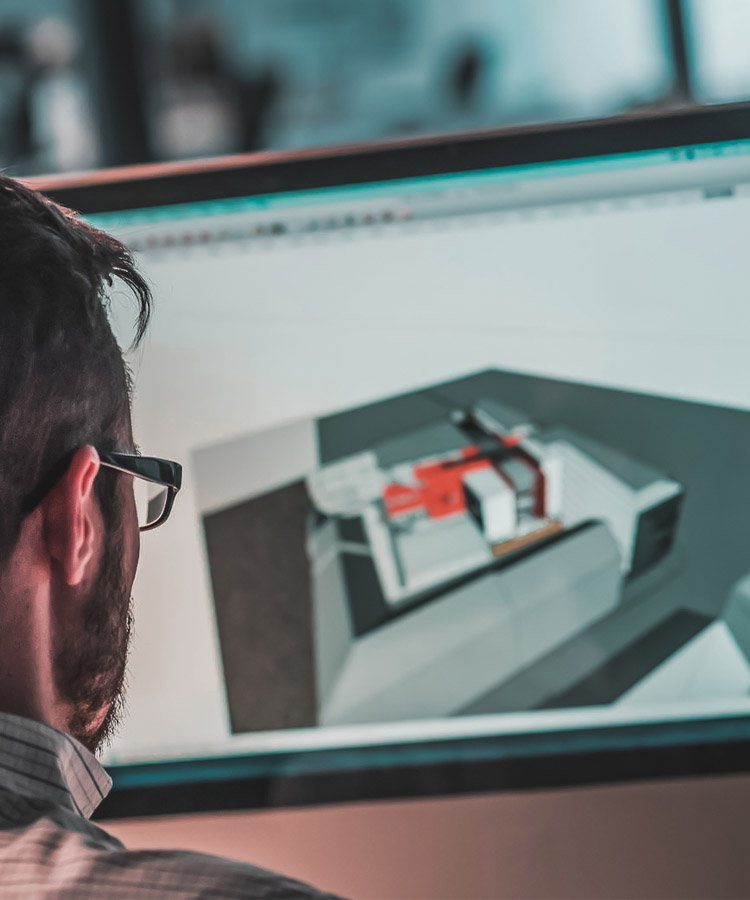
Cinematography
The goal of this course is to introduce each student to the fundamentals of motion picture Cinematography, including both technical knowledge and artistic application. A major focus will be given on the specific camera and lighting equipment to be used throughout. Topics will include (but are not limited to): camera operation, composition and framing, lens choice, camera movement, setting proper exposure, lighting Collaboration, blocking, continuity, and all aspects of visual storytelling.
WHAT YOU WILL LEARN
- Photography
- Visual storytelling
- On-screen visual elements
- Including lighting
- Framing and composition
- Camera motion and camera angles
- Film selection
- Lens choices
- Depth of field, zoom, focus, color,
exposure, and filtration
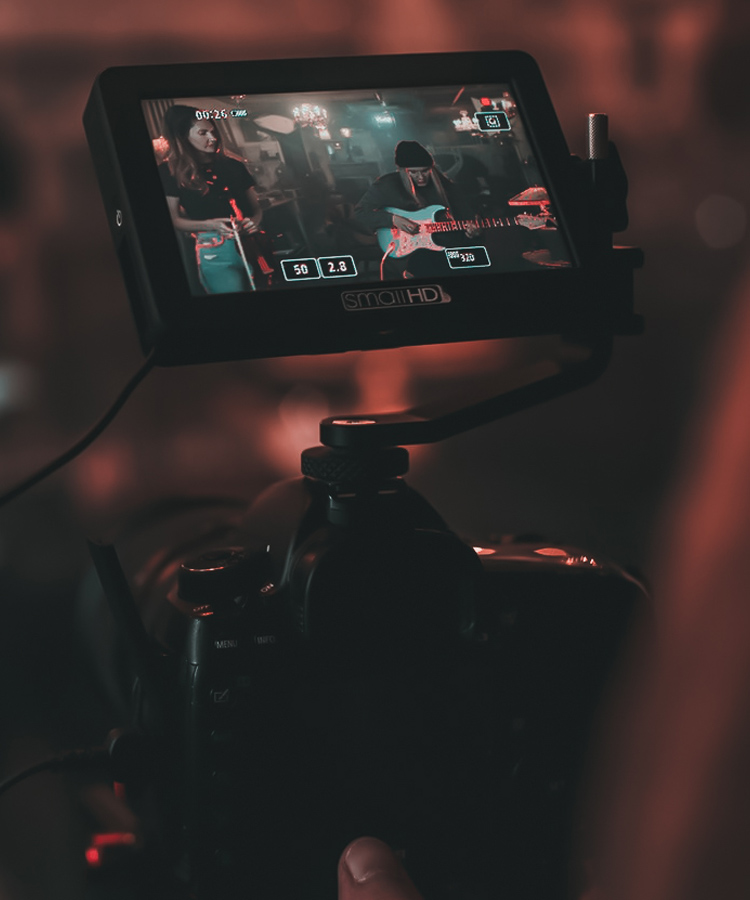
Video Editing
Video editing is the art of manipulating and combining video files to create a completed video project. Video Editors will cut together film clips, alter and correct sound mixing, add digital effects, and make other essential technical changes to video files. Video Editors use software like Adobe Premiere Pro to seamlessly blend video files, aiming to maintain continuity and dictate pacing without being obtrusive.
WHAT YOU WILL LEARN
- Video Editing Software
- Non-Linear Editing
- Timeline Editing
- Color Correction and Grading
- Storytelling and Narrative Structure
- Exporting and Delivering
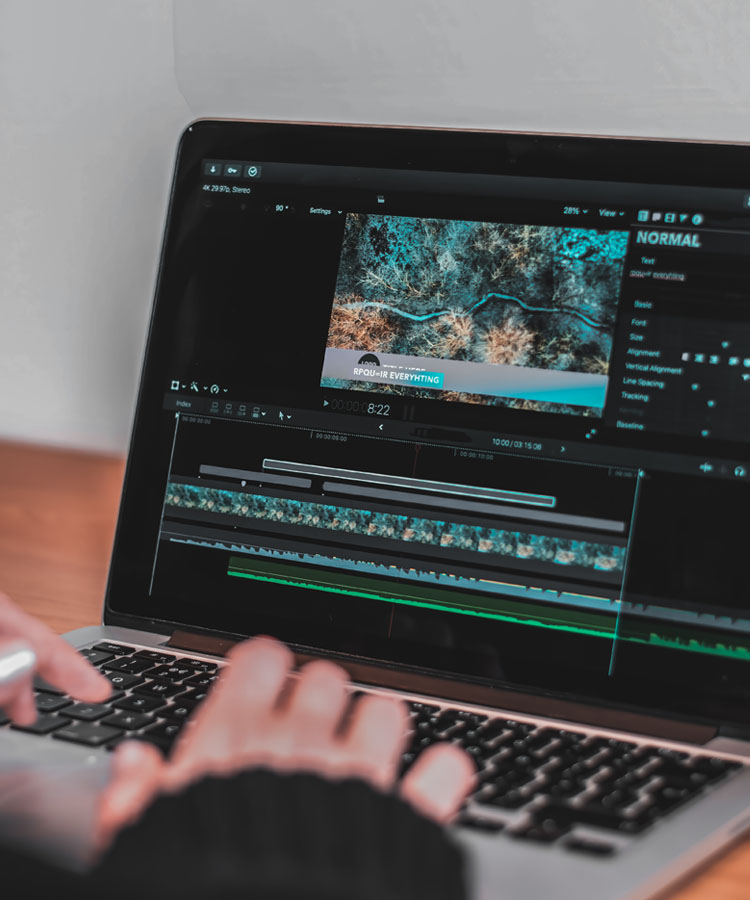
Photography
Our photography classes will teach you how to take pictures, tell a story, and create a photo book. Additionally, you will learn about studio photography, photo editing, and the significance of lighting in photography. Throughout the year, students will have the chance to display their ability at a variety of national and international festivals. The School of Still Photography offers thorough instruction on how to take pictures and how to do it in a variety of situations, including family portraits, landscapes, aerial photography, product photography, animal photography, and more.
WHAT YOU WILL LEARN
- Learn how the camera works
- Learn how to compose images according
to the rules of photography - Importance of light, space, color and
composition in photography - Producing photos for newspapers,
magazines, exhibition galleries, books, etc - Nuances of Tabletop, Wildlife, Landscape,
Portrait, Fashion and Product Photography

Web Design
Web designing essentially involves working on every attribute of the website that people interact with, so that the website is simple and efficient, allows users to quickly find the information they need, and looks visually pleasing. All these factors, when combined, decide how well the website is designed.
WHAT YOU WILL LEARN
- Color Theory
- User Experience Design
- User Interface Design
- Web Graphics and Multimedia
- Web Design Tools and Technologies

Web Development
Web development refers to the creating, building, and maintaining of websites. It includes aspects such as web design, web publishing, web programming, and database management. It is the creation of an application that works over the internet.
WHAT YOU WILL LEARN
- HTML
- CSS
- Responsive Design
- Typography
- Web Accessibility
- Web Development Principles and Best Practices

PHP Programming
PHP is an open-source server-side scripting language that many developers use for web development. It is also a general-purpose language that you can use to make lots of projects, including Graphical User Interfaces (GUIs). PHP allows web developers to create dynamic content and interact with databases. PHP is known for its simplicity, speed, and flexibility — features that have made it a cornerstone in the web development world.
WHAT YOU WILL LEARN
- Syntax and Basic Concepts
- Web Development Fundamentals
- PHP Language Features
- Database Integration
- Session Management and authentication
- Frameworks and Libraries
- Testing and Debugging
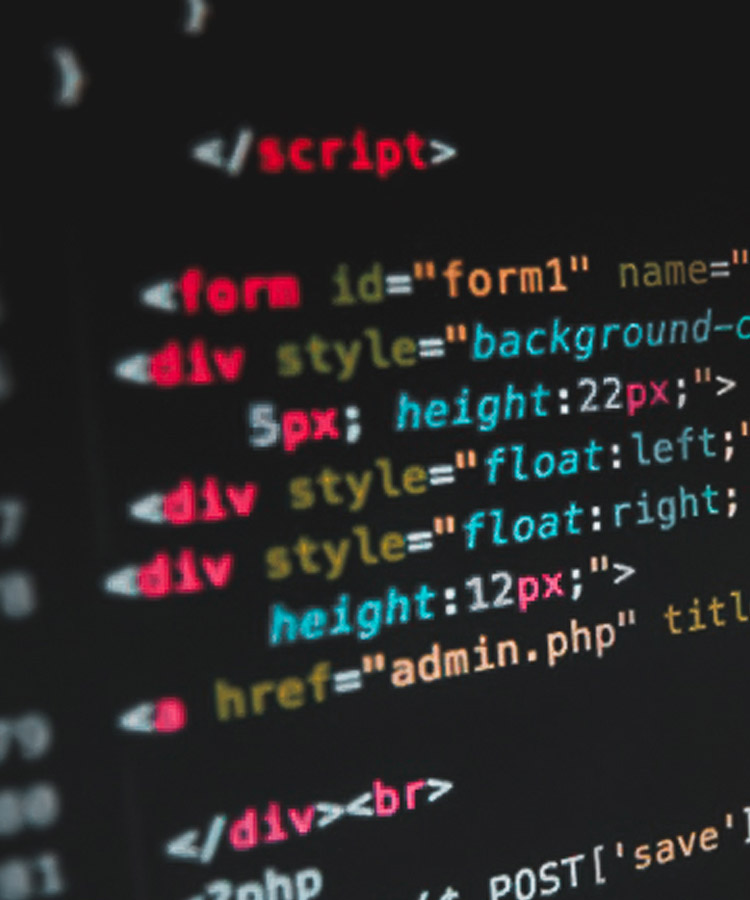
Flutter Programming
The Flutter course is a comprehensive program designed to teach learners how to develop mobile applications using the Flutter framework. Participants will learn to build cross-platform applications for both iOS and Android devices efficiently. The course covers fundamental concepts of Flutter development, including widget creation, state management, and UI design principles. Students will delve into advanced topics such as navigation, data handling, and integrating third-party libraries. By the end of the course, participants will have the skills to create polished, high-performance mobile apps using Flutter.
WHAT YOU WILL LEARN
- Introduction to Flutter and its architecture
- Widget creation and customization for building responsive UIs
- State management techniques to handle dynamic app behavior
- Navigation patterns for seamless user experiences
- Integration of APIs
- Integration of databases
- Integration of third-party packages for enhanced functionality
